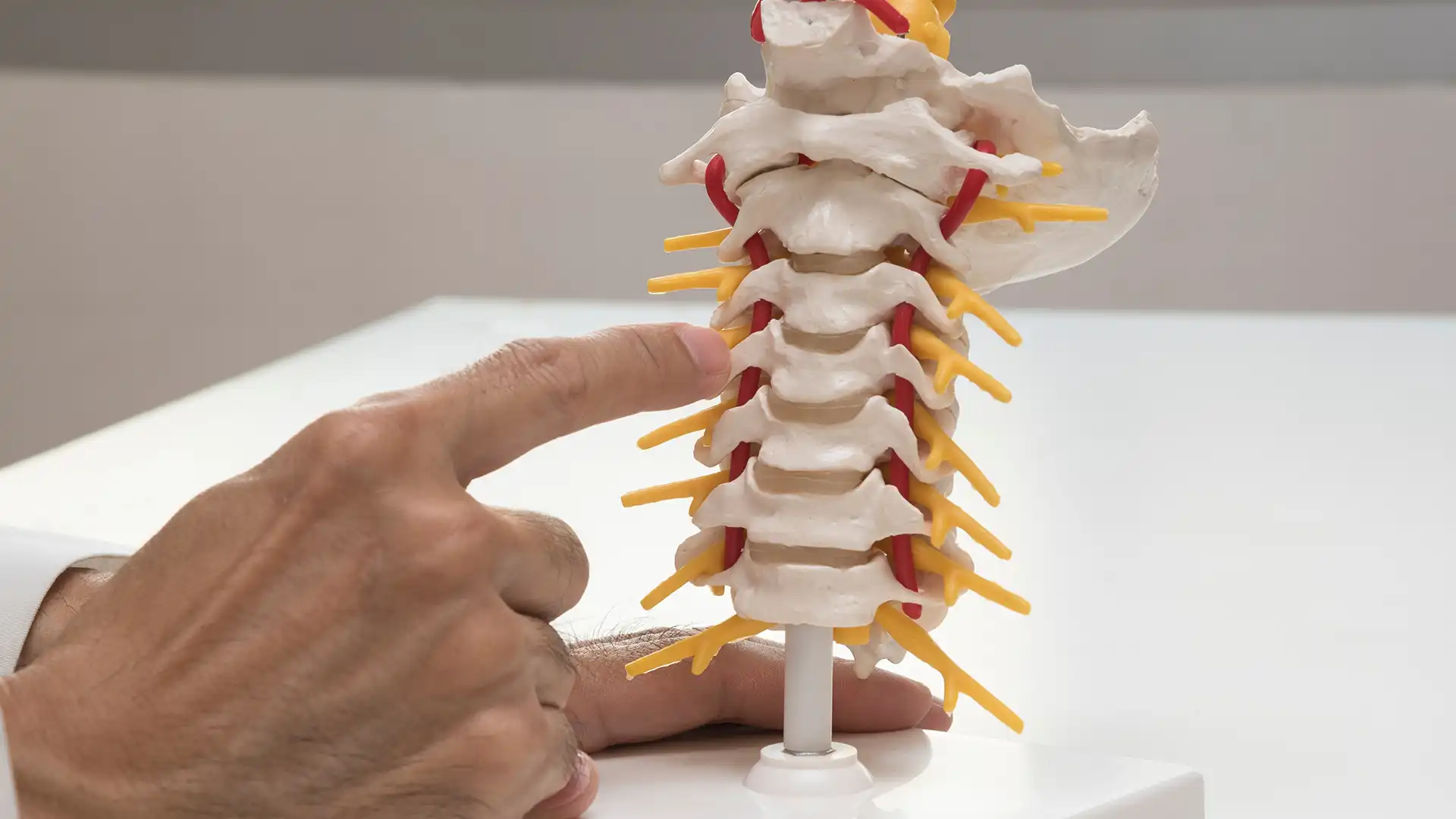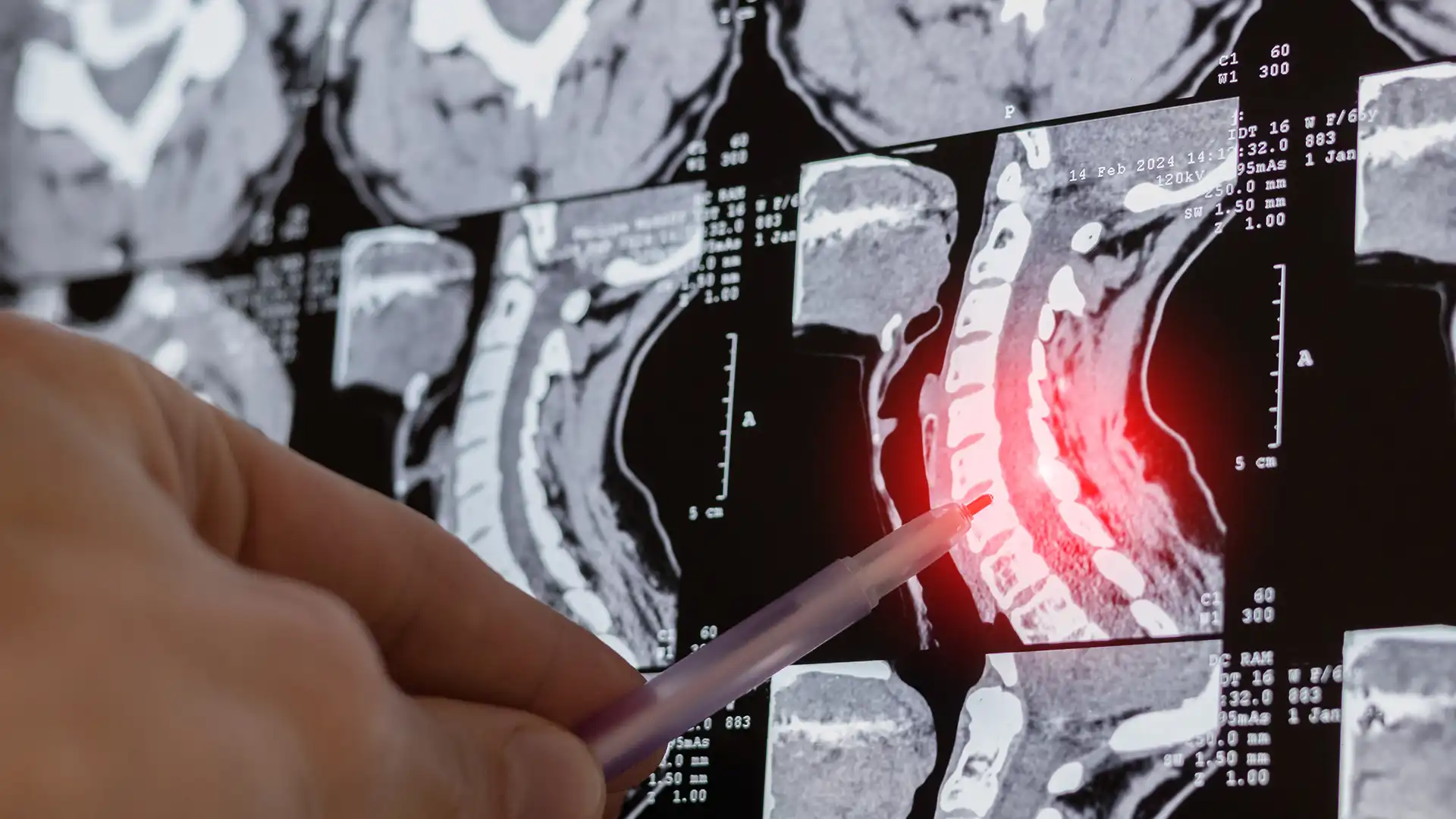
If you’ve been diagnosed with degenerative disc disease (DDD) or your provider has recommended spine surgery, you likely have many questions. Here’s a closer look at degenerative disc disease to help you understand if DDD spine surgery may be the right option for you.





